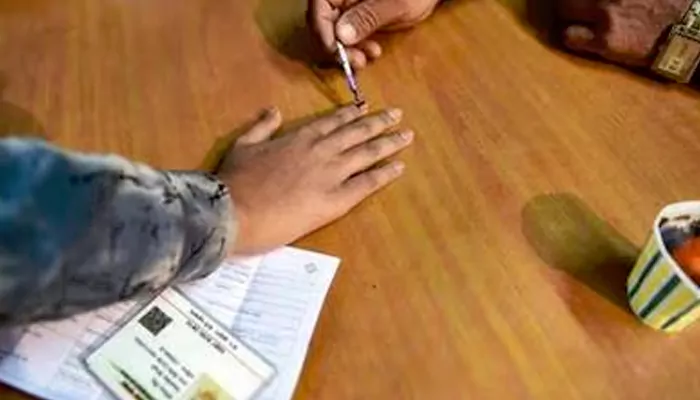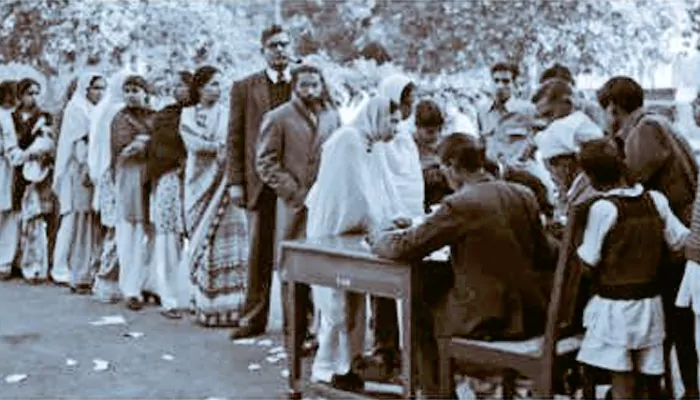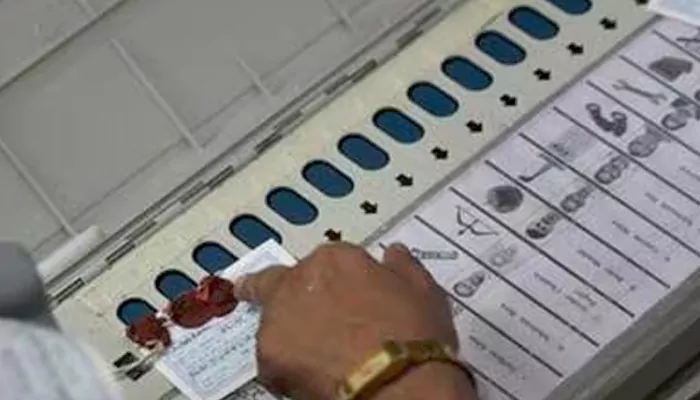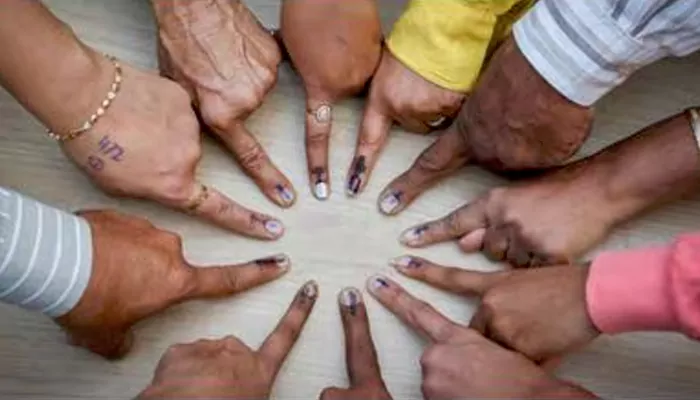
The buzz for Lok Sabha election 2024 is rising every passing day.
The Election Commission of India (ECI) has announced the schedule of the upcoming Elections 2024, which will start on April 19 and conducted in seven rounds. The dates for seven phases are April 19, April 26, May 7, May 13, May 20, May 25, and June 1.
In this article, we will discuss about some fascinating facts about most awaited exercise of world’s largest democracy.
The first ever general election of independent India was conducted during October 25, 1951 to February 21, 1952. It was conducted in 68 phases! Surprised, right? Due to lack of resources, it took more than 100 days to complete. The first phase of election took place in assembly constituencies of Chini and Pangi in Himachal Pradesh, while the last or 68th phase was conducted in Uttar Pradesh.
The total number of candidates were 1874 from 53 political parties. Among which, 14 were national parties.

Among 173 million voters, 105,950,083 people casted their votes. There were at least 196,084 polling centres across the nation among which, 27,527 were exclusively dedicated to women.
Under Section 159 of the Representation of the People Act, 1951, A provision was made to “allow the employees of local authorities and government servants to on election duty.”
During that time, ballot papers were used, which was printed in mint by Election Commission. After completion of the procedure, on April 2, 1952, the first House of the People was constituted under the supervision of Election Commission.
It took nearly 30 years to adapt to technology and embrace Electronic voting machine or EVM for voting. It was first used in general election in Kerala in 1982.
An EVM machine comprises a control unit and a balloting unit. These two are connected through a cable. In earlier days, it was tough to calculate the vote. To make the process easier, there is a ‘Result’ button, which will give the results instantly. Only, the person assigned to this job is allowed to press the result button.
This, time, the EVM and postal ballot papers would carry the photograph of all the candidates. This will help people to identify the leaders immediately.

Generally, we come across ‘None Of The Above’ option in Multiple Choice Questions (MCQ) in examination. During voting also, people got this chance of reject if they don't like any of the leaders in the constituency. The symbol of NOTA was designed by National Institute of Design (NID), Ahmedabad.
Under Section 49 (O) of the Conduct of Elections Rules, 1961: “A voter could enter his electoral serial number in Form 17A and cast a negative vote.”
“Negative voting will lead to a systemic change in polls and political parties will be forced to project clean candidates,” said a bench headed by then Chief Justice of India, P Sathasivam.
Since the first general election in 1951, 21 was considered as the legal age to cast vote. However, 61st Constitutional Amendment in 1989 changed the voting age to 18 years from 21 years.

As per official reports, 10.45 crores were spent on first General Election in 1951-1952. In the last 2019 Lok Sabha election, a whopping 55000 crores were spent.
As per the guidelines published by the Ministry of Law and Order in 1979, the Centre bears the cost required to conduct Lok Sabha election.
It is the fundamental right of people to cast vote to keep the democracy moving.